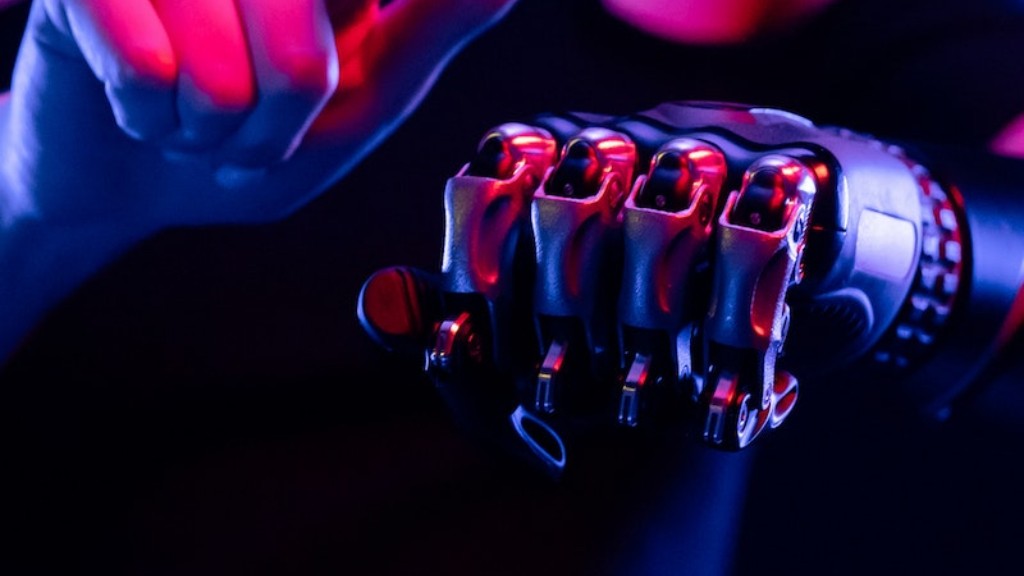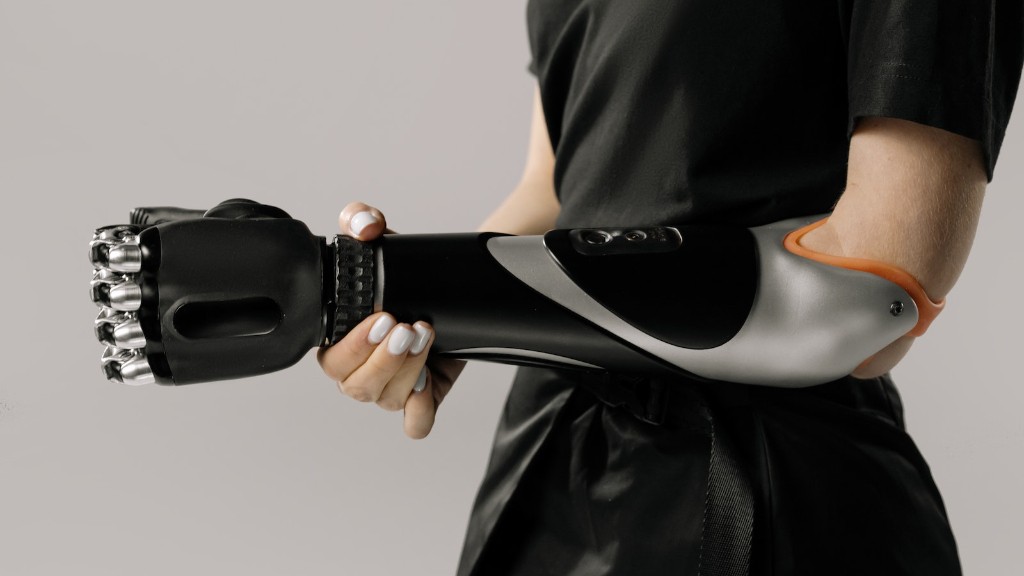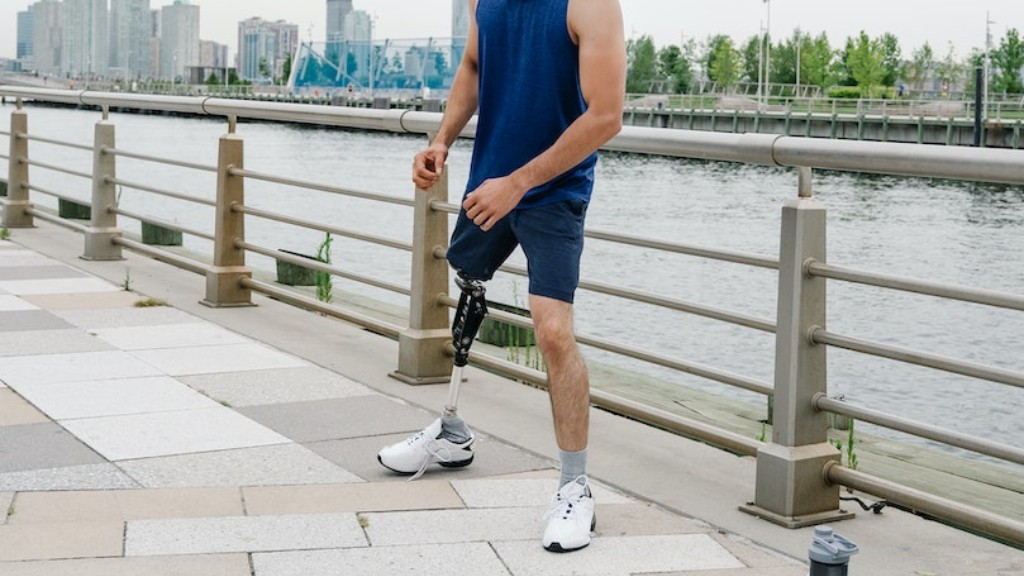Do Mechanical Engineers Design Prosthetics?
Prosthetics have been essential tools in improving the lives of individuals with limb loss or limb impairment. While it is common knowledge that medical professionals play a significant role in the design and implementation of prosthetics, the involvement of mechanical engineers is often overlooked. In this article, we will explore the intersection of mechanical engineering and prosthetics, examining both the positive and negative implications of their collaboration.
Mechanical Engineering in Prosthetics: A Growing Partnership
In recent years, the field of prosthetics has seen substantial advancements, partly due to the collaboration between mechanical engineers and medical professionals. Mechanical engineers bring their expertise in designing and developing innovative solutions for complex mechanical systems, which can be invaluable when it comes to improving the functionality and comfort of prosthetic devices.
One of the key advantages of involving mechanical engineers in prosthetic design lies in their ability to optimize the biomechanical performance of these devices. By applying principles of mechanical engineering, such as structural analysis, dynamics, and materials science, engineers can enhance the overall strength, durability, and efficiency of prosthetic limbs. For instance, high-strength lightweight materials, such as carbon fiber, can replace traditional heavier materials, enabling better mobility for prosthetic users.
Real-Life Examples of Mechanical Engineering in Prosthetics
The impact of mechanical engineering in the field of prosthetics can be exemplified through real-life success stories. The “Cheetah” running blade, developed by mechanical engineer and double amputee Hugh Herr, is a remarkable example of how engineering principles can revolutionize prosthetic design. This blade replicates the function and energy return of a biological foot, allowing amputees to perform activities such as running and jumping with increased agility and reduced energy expenditure.
Another notable example is the development of advanced prosthetic hands, incorporating state-of-the-art mechanical systems. These hands are capable of replicating natural movements and providing the wearer with a wide range of functionality, including the ability to grasp delicate objects with precision. Mechanical engineers play a crucial role in the optimization of control mechanisms and actuators, ensuring seamless integration between the prosthetic and the user’s nervous system.
Potential Challenges and Limitations
While the involvement of mechanical engineers in prosthetic design presents numerous advantages, there are also challenges and limitations to consider. One significant concern is the cost associated with the development and production of high-tech prosthetics. The incorporation of advanced mechanical systems and materials can drive up the overall cost, making advanced prosthetic devices less accessible for individuals with limited financial resources.
An additional challenge lies in the customization and personalization of prosthetics. Every individual’s needs and biomechanics are unique, requiring a tailored approach to achieve optimal fit and functionality. However, the mass production of prosthetic devices can limit the level of customization available, potentially compromising the comfort and performance for some users.
Collaborative Solutions for the Future
To address the challenges facing the collaboration between mechanical engineers and medical professionals in prosthetic design, a multidisciplinary approach is crucial. Collaboration between engineers, prosthetists, and amputees can facilitate a better understanding of individual needs and improve the customization of prosthetic devices.
Furthermore, ongoing research and development in the field of prosthetics can lead to advancements in both functionality and affordability. With the joint efforts of mechanical engineers, material scientists, and medical professionals, we can expect the development of prosthetics that not only enhance mobility but also consider factors such as comfort, aesthetics, and accessibility.
Fueling Further Innovation
The synergy between mechanical engineering and prosthetics has the potential to drive further innovation in the field. By leveraging emerging technologies such as 3D printing and artificial intelligence, new possibilities can be explored in the design and fabrication of prosthetic devices. These advancements may lead to an increased range of functionalities, improved user experience, and reduced costs.
Conclusion
The contributions of mechanical engineers in the design of prosthetic devices are invaluable, enabling advancements that enhance the quality of life for individuals with limb loss or impairment. However, we must also acknowledge the challenges and limitations that come with the integration of engineering principles into medical applications. By fostering collaboration, investing in research, and prioritizing accessibility, we can continue to refine prosthetics and provide individuals with the best possible solutions for their unique needs.
Further Food for Thought
The integration of mechanical engineering principles in prosthetic design raises broader questions about the potential role of engineering in various medical fields. As technology continues to advance, could we see more interdisciplinary collaborations between engineering and medicine? How might this collaboration enhance healthcare outcomes in different domains? These are critical questions that deserve further exploration and consideration.



